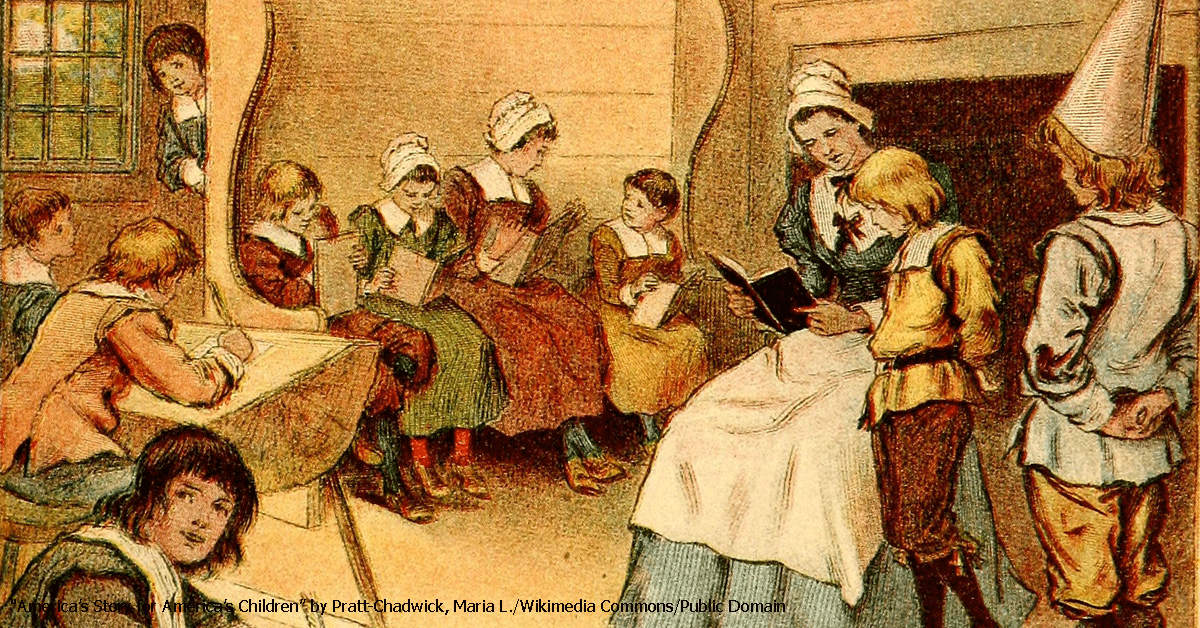The month of March is full of memorable events you can include in your homeschooling. Check out these highlights.
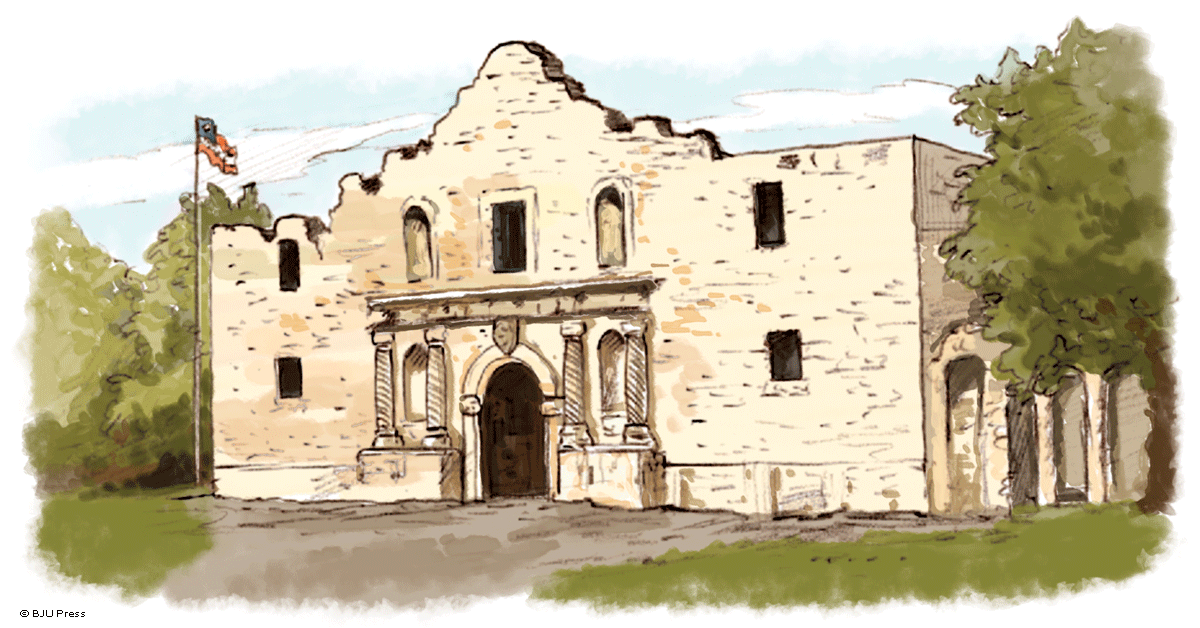
March 2, 1836
Texas declared independence from Mexico. Texans had been fighting small garrisons of Mexican soldiers since October of the previous year. The Texans disagreed over the purpose of their fighting. Some wanted Mexico to return to an earlier, less restrictive constitution. Others were interested in independence. When the Mexican central government dispatched an army under the leadership of General Santa Anna in February, the rebels began to unify by establishing the Republic of Texas. The Battle of the Alamo was underway while the Texans were declaring independence. I enjoyed visiting the Alamo in San Antonio with my family when I was homeschooled.
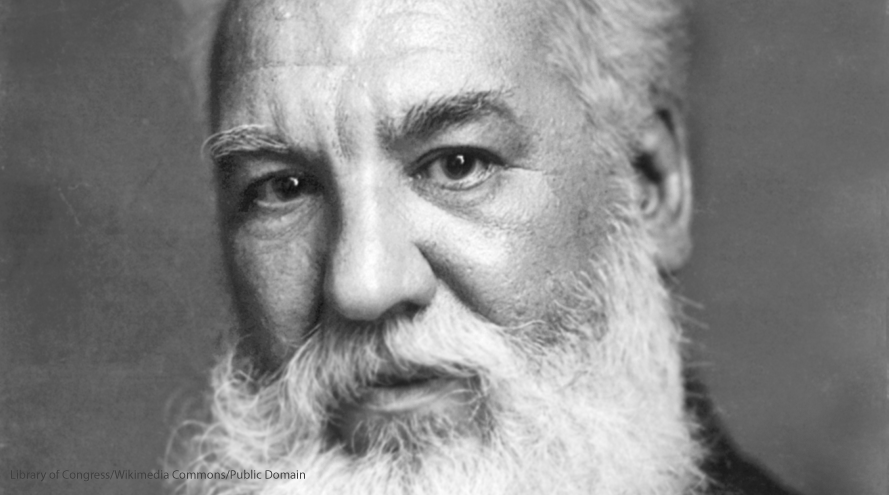
March 10, 1876
Alexander Graham Bell placed the first telephone call in the history of the world. It was to an assistant in the next room. Among the most prolific communication technology inventors, Bell used creativity and determination to serve generations. His exercise of dominion allows us to create communication connections with ease. So let your children pick up the phone and call a family member or friend!
March 15, 44 BC
Julius Caesar was assassinated. (Every year I use the Shakespearean phrase to warn my children: “Beware the ides of March!”) Caesar’s death sparked the final civil war of the Roman Republic. At the conclusion of the war, the Caesar Augustus mentioned in Luke 2:1 established an empire and a general peace within the Roman Empire. God choose this period of military peace to send His Son and to begin building His church.
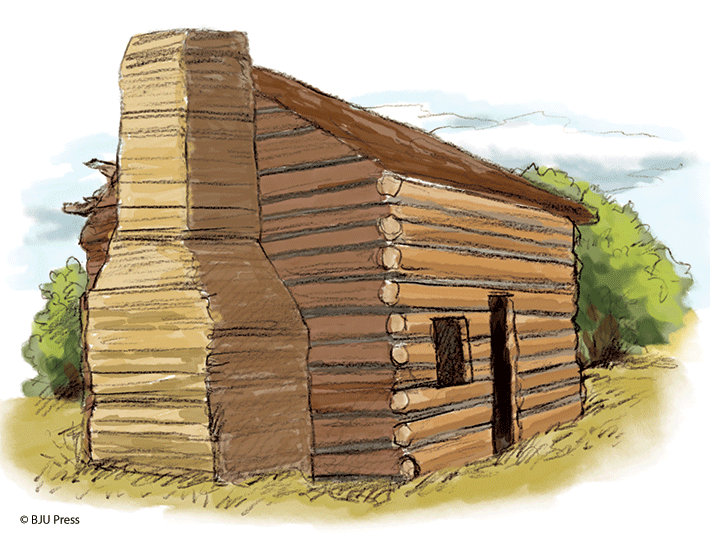
March 20, 1852
Harriet Beacher Stowe published Uncle Tom’s Cabin. Her depiction of the realities of slavery encouraged the abolitionists in the 1850s, but the supporters of slavery were enraged. Stowe’s work illustrates the power a novelist can wield in society. When we teach our children about this book and its effect, we should point out that the literary skills they’re learning, such as theme, plot, character, and so on, are useful and not a waste of time. 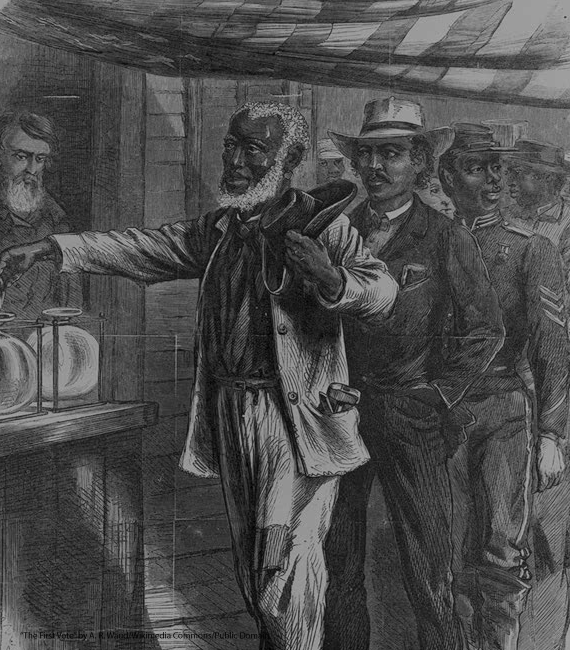
March 24, 1882
Robert Koch announced his discovery of the cause of tuberculosis, a previously mysterious disease. Koch had been developing methods for identifying organisms that cause diseases for Germany’s department of health. By isolating the bacterium that caused tuberculosis, he laid the groundwork for developing a treatment. In 1905, Robert Koch was awarded the Nobel Prize for his discovery. What a tremendous use of science to show love to one’s neighbor!
March 30, 1870
The Fifteenth Amendment went into effect, guaranteeing that the federal government would defend every citizen’s right to vote. This amendment to the Constitution was the final one in a group of three amendments that eradicated slavery and established protections for the rights of all citizens. In this election year, we can remember that it is the fifteenth amendment that protects our right to vote.
Is there a special event I missed? Let me know in a comment what your family is remembering this month.



